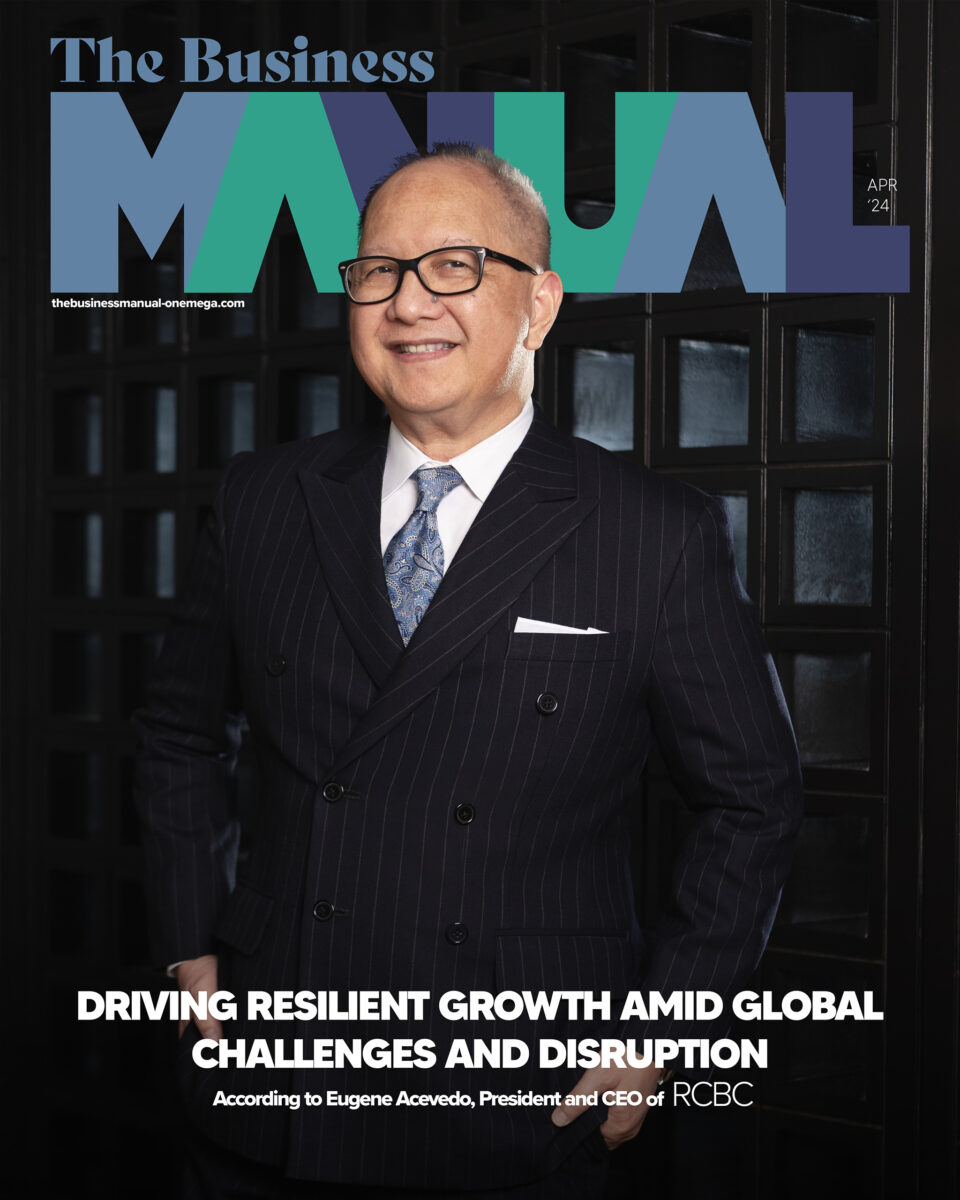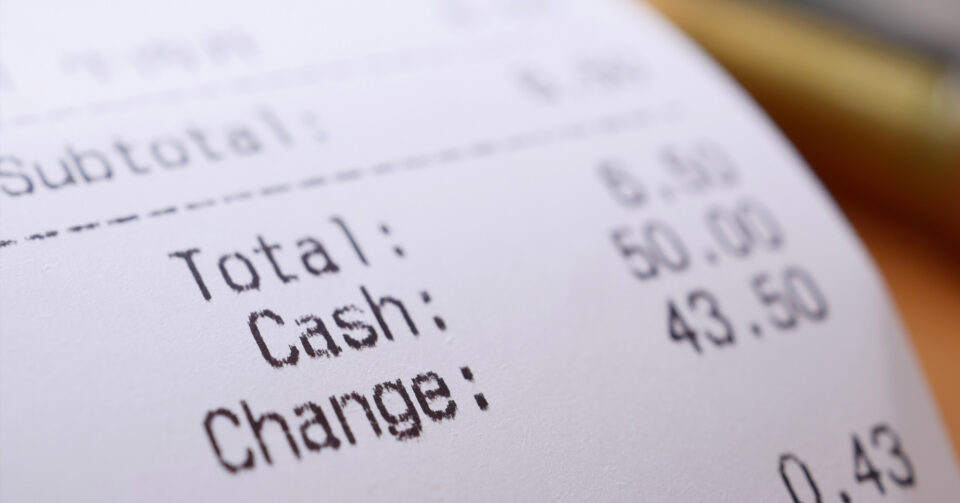5 Ways to Protect Yourself From Digital Fraud

Digital fraud has been running rampant, and it is important that consumers and businesses know how to keep themselves from fraudulent companies and individuals.
A consumer survey—commissioned by global credit agency TransUnion last year—has shown disturbing numbers about digital fraud here in the Philippines. In fact, 71% of the survey’s respondents have said that they were targeted by digital fraud attempts. And 11% of these have fallen victim to said attempts.
With digital fraud running rampant—not just here in the Philippines, but also around the world, it has become very crucial to learn how to keep your personal data safe online. This is very much true, especially for consumers who like to make purchases online.
From fraudulent online businesses to threats of hacking and ransomware, there are many dangers present online. Here are five practical steps you can take to keep you and your data safe online.
5 Ways to Protect Yourself From Digital Fraud
Be Careful with Website Links and Internet Connections
One of the most basic steps you can take to ensure that you are transacting with a legitimate website is to look at its website link. If you do not find the usual “https:” at the start of the website link, this can be a security concern—especially when you are making a transaction online via banking or eCommerce.
Make sure to also avoid sending financial information when you are using a public device or internet connection. If you do not trust the device or connection, trust your instincts and wait until you are on a private connection and using a device that belongs to you.
Check if the Business You’re Transacting with is Legitimate
There are thousands of online businesses out there offering a wide range of products. However, not all of them are legitimate—despite the fact that they have social media accounts, a logo, and contact information.
To keep yourself safe from fraudulent business, do your due diligence and check for information that will show you if it is legitimate or not. This includes checking for comments on their social media posts, reviews on Google or Facebook, and even the posts and photos that they have been tagged in by other users.
Double Check the Email You Received
One of the ways that digital fraudsters can conduct their attacks is via email. In fact, cloud app security Trend Micro discovered almost 40 million high-risk email threats last year. Given this, it is very important that you be cautious with the emails you receive before replying to them, especially when it asks for personal information.
Is the domain name of the email address misspelled? Is the email body poorly written and full of grammatical errors and misspelled words? These are two important questions you should ask yourself when checking the emails you receive, especially those that claim to be from financial institutions.
Regularly Change Your Passwords
It is always a good habit to change your passwords for all your accounts—most especially your email, social media accounts, and banking apps. Hackers have the needed knowledge, skills, and software that allow them to do what they do, so make sure that you make things hard for them. How? Not using dead giveaways like your name and birthday as your password.
Instead, make sure to have a lengthy password that has both upper and lowercase letters, numbers, and even symbols if the platform allows for it. Avoid putting your name, birthday, and any other information that can be easily associated with you in your passwords.
Enable Multi-Factor Authentication
You have probably seen multi-factor authentication options in your social media accounts or in the mobile apps that you use. Enable that authentication.
A form of added protection, TransUnion defines multi-factor authentication as “a means of online identity verification that requires users to show multiple means to verify one’s identity when logging into a website or using a service. Multi-factor authentication may send an authentication code to your phone or email or even ask to scan your finger or face.”
Receiving a notification for multi-factor authentication when you did not ask for one will also inform you when someone is trying to gain access to your account. Given this, enabling this security feature will help deter digital fraudsters from easily accessing your online accounts.
Key Takeaways
No one can better protect yourself from digital fraud than yourself. With that being said, it is important to always be vigilant and careful with what you share about yourself online.
Do not share personal information with just anyone online and make sure to check for the authenticity of the individual, business, or platform you are trying to transact with. Aside from this, make sure to take advantage of the security features that platforms and apps give you in order to better protect your information from fraudsters online.
As for businesses, due diligence must also be practiced in order to maintain credibility and trust. “Online retailers must equip themselves with the proper tools to detect fraud at the first warning sign, and without inhibiting the consumer journey,” Pia Arellano, the President and CEO of TransUnion Philippines.
“It’s more important than ever that these online retailers implement holistic fraud solutions that are able to verify customer identity and authenticity at the very beginning of a transaction without resulting in false positives that may cost them legitimate transactions,” she adds.




